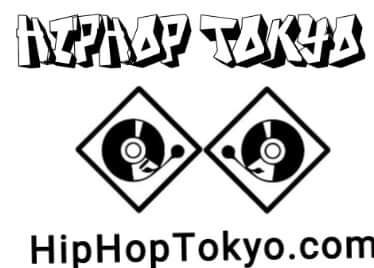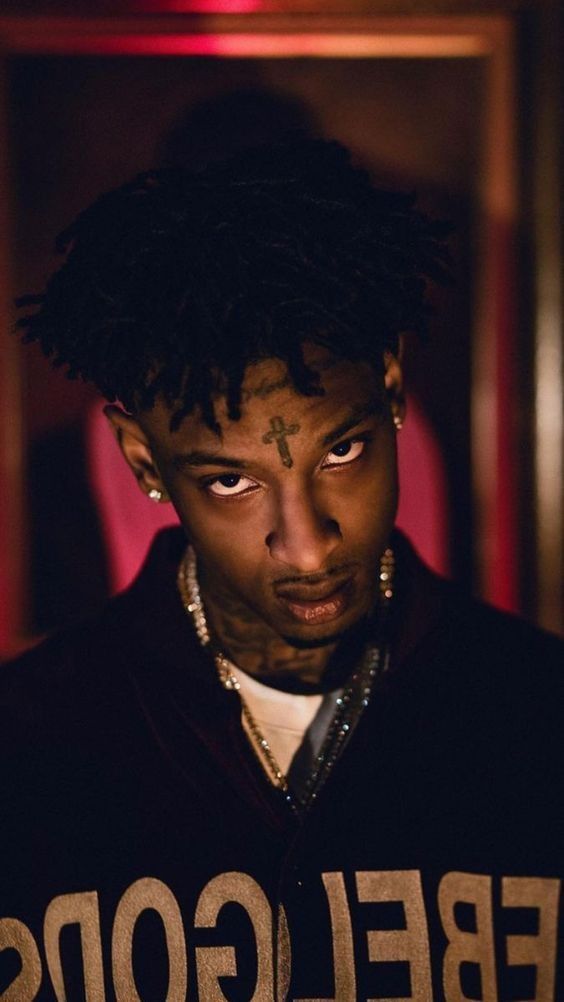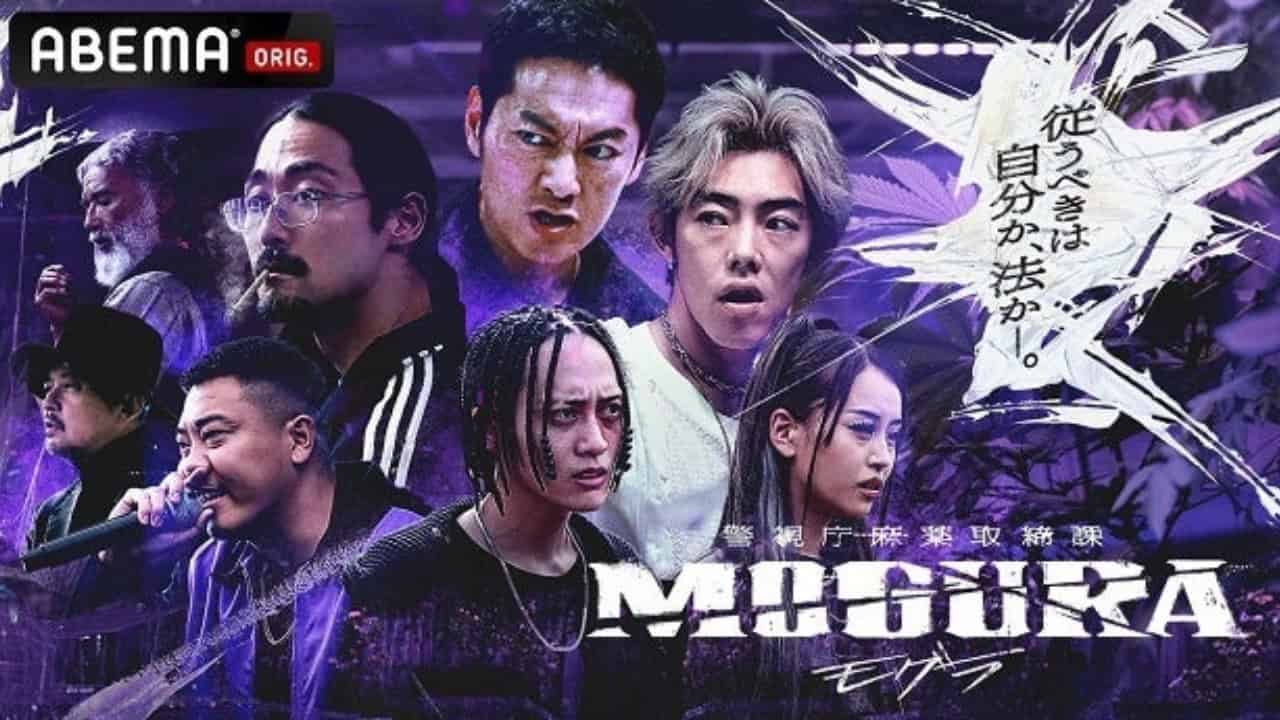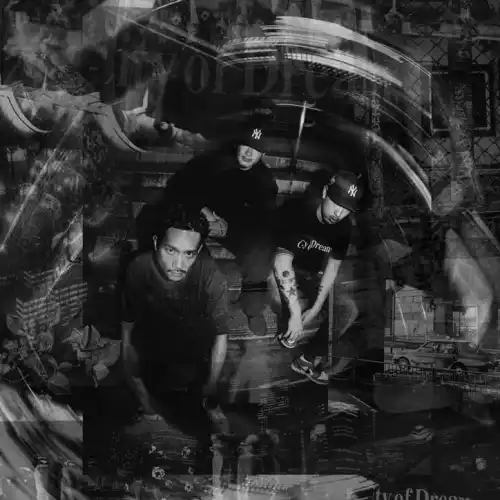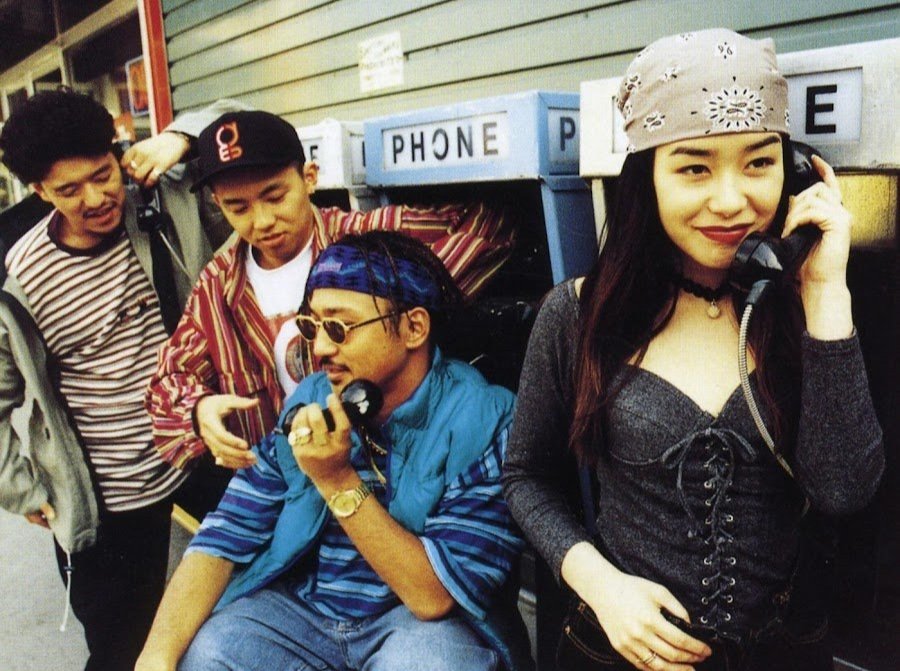How Japan Made Hip-Hop Its Own: A Cross-Cultural Odyssey
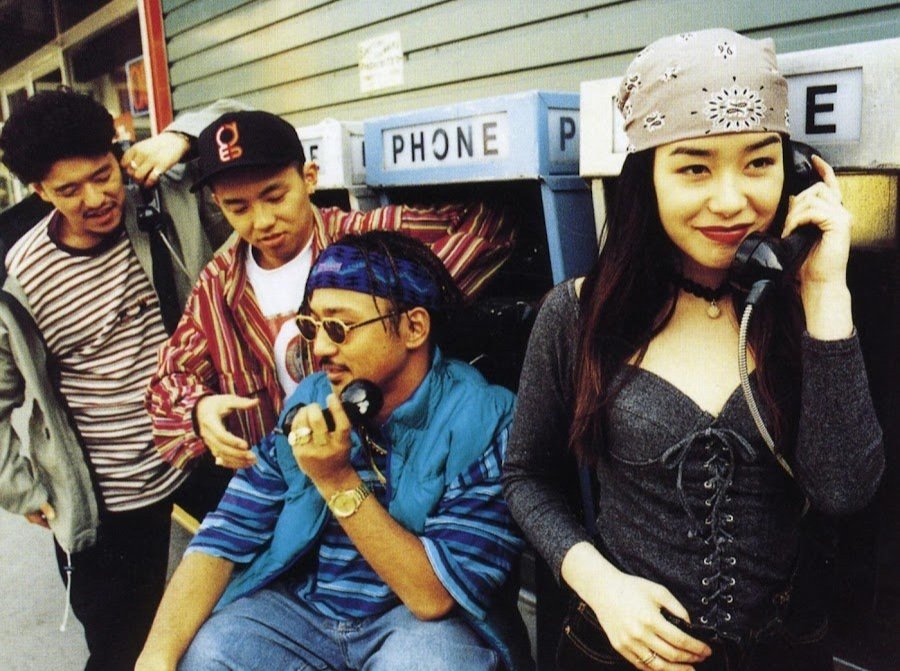
From booming basslines and jaw-dropping breakdancing to street-smart fashion and graffiti tags, hip-hop has become a global phenomenon. But while many countries have simply adopted the genre, Japan has intertwined hip-hop with its own identity — tracing all the way back to the genre’s earliest days in the Bronx.
Hip-Hop’s Roots: Born in the Bronx, Built by Visionaries
Hip-hop was born in the 1970s in New York, a creative response to economic hardship and social unrest. Young people transformed neglected spaces into vibrant platforms for expression, carving out a culture that revolved around four core pillars: DJing, rapping (MCing), breakdancing (b-boying), and graffiti art.
Foundational figures like Afrika Bambaataa, DJ Kool Herc, and Grandmaster Flash gave form and legitimacy to what was initially seen as a passing trend — ultimately launching a cultural revolution.
Japan’s Early Connection: Yellow Magic Orchestra’s Hidden Influence
Surprisingly, Japan was part of hip-hop’s DNA from the start. Electronic music legends Yellow Magic Orchestra (YMO) — composed of Haruomi Hosono, Yukihiro Takahashi, and Ryuichi Sakamoto — left a mark on hip-hop before it even had a name.
Their 1978 track Firecracker gained traction in the early New York scene and ended up being sampled by Afrika Bambaataa himself. The quirky, video-game-inspired beat became a core inspiration for the genre-defining track Planet Rock. YMO even performed Firecracker on Soul Train, signaling a cross-cultural connection that would only grow stronger.
First Messengers: Toshio Nakanishi & Hiroshi Fujiwara
As the genre gained momentum, Japanese creatives took notice. Toshio Nakanishi, already a New Wave pioneer in Japan, visited NYC in the early ’80s and was instantly captivated by hip-hop’s energy. He brought breakdancing and scratching techniques back home, planting early seeds of the movement in Tokyo.
Meanwhile, Hiroshi Fujiwara, now hailed as the godfather of Japanese streetwear, returned from NYC with crates of records and deep cultural insight. His DJ sets and writing helped introduce Japanese audiences to hip-hop’s vibe — and his later influence would spill over into fashion, inspiring designers like Nigo (A Bathing Ape).
The Turning Point: Wild Style Sparks a Movement
In 1983, Japan experienced its first full-blown hip-hop moment: the Tokyo premiere of the groundbreaking film Wild Style. The movie, which showcased all four hip-hop elements, triggered an explosion of interest.
Most notably, a young Hideaki Ishi — who would later become DJ Krush — saw the film and immediately bought turntables. His journey from street tough to world-renowned DJ shows how hip-hop’s impact ran deep, sparking careers and changing lives.
Following Wild Style, hip-hop clubs began popping up, with Tokyo’s first venue Hip-Hop opening in 1986. Artists like Scha Dara Parr, Rhymester, and Buddha Brand emerged in the ’90s, producing Japanese-language hits that proved the genre wasn’t just imported — it was evolving locally.
Breakdancing’s Instant Impact
Among all hip-hop elements, breakdancing clicked with Japan the fastest. Performances by New York’s legendary Rock Steady Crew during Wild Style’s promo tour left audiences awestruck.
Inspired dancers began filling Yoyogi Park in Harajuku with spontaneous showcases. Groups like B-5 Crew, Mystic Movers, and Tokyo B-Boys formed soon after, with Crazy-A rising to lead Japan’s own branch of Rock Steady Crew.
Later, Crazy-A launched B-Boy Park, a massive annual hip-hop festival that ran from 1999 to 2017 — confirming Japan’s deep and lasting love for breakdancing.
Arcades, Anime, and Beat Battles: Hip-Hop Meets Japanese Pop Culture
By the late ’90s and early 2000s, Japan’s iconic arcade scene had become an unlikely hip-hop playground.
- Dance Dance Revolution (DDR) turned rhythm into a public sport, inspiring a whole freestyling subculture.
- Beatmania let players scratch records and spin virtual tracks as if they were real DJs.
- PaRappa the Rapper, a charming rapping dog in baggy jeans, brought hip-hop to kids and anime fans alike — even landing his own TV series.
Even Street Fighter, one of Japan’s most legendary games, paid homage to hip-hop with graffiti-styled intros, funk-infused soundtracks, and rap collaborations. In fact, the franchise’s hip-hop flair has been cited and celebrated by rappers like Lupe Fiasco, Nicki Minaj, Snoop Dogg, and many more.
The Legacy: A Two-Way Flow of Creativity
Japan didn’t just absorb hip-hop — it reinvented parts of it. From the beats of Yellow Magic Orchestra to the fashion of Nigo, the dance battles in Harajuku, and the rhythmic buttons of arcade cabinets, Japan has helped hip-hop evolve into a multifaceted, global culture.
Today, that creative loop between Japan and the U.S. continues stronger than ever — proving that hip-hop is more than music. It’s a universal language, and Japan speaks it fluently.
